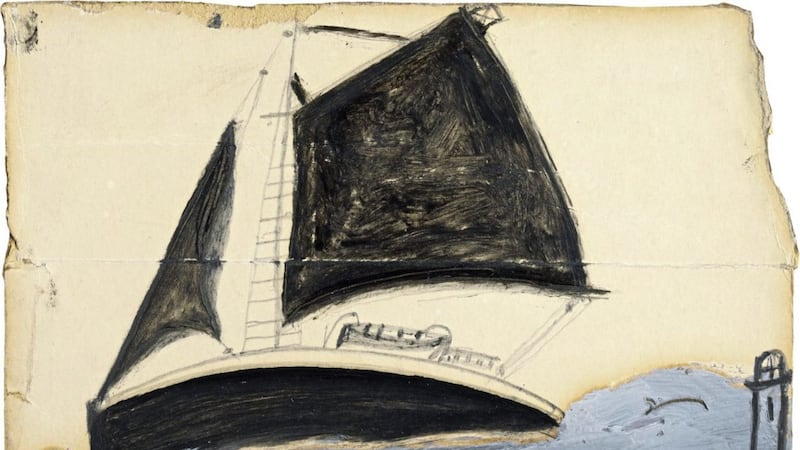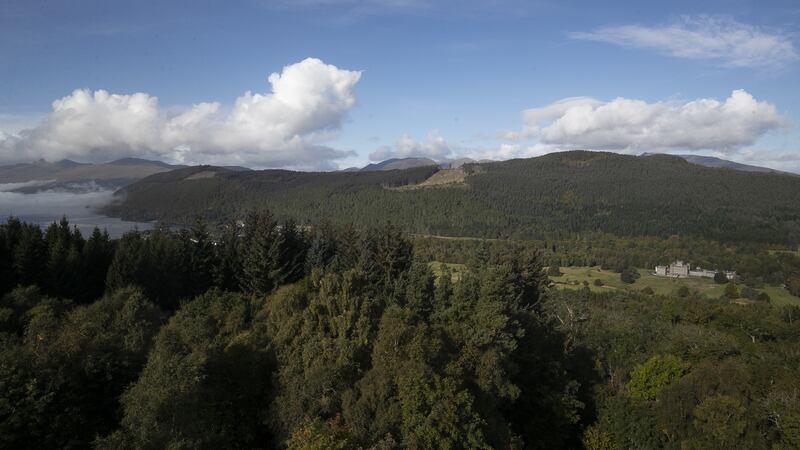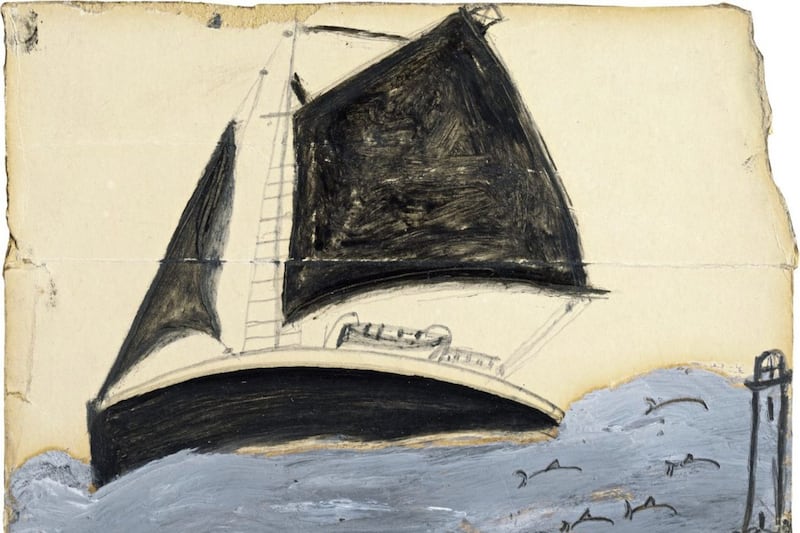A FIGURATIVE artist friend once told me he couldn't see the point of painting nature from life when a camera did it rather better.
I'm not so sure. Great artists work with what they see. Two new exhibitions at The MAC make the case for and against his point.
Isobar, a show by noted Irish painter Ronnie Hughes, reveals large, brightly coloured canvases spinning off their original subject.
But Artist & Mariner, with work by the late Cornish painter Alfred Wallis (1855-1942) reveals some good reasons for being inspired by nature, in his case the seascape around St Ives.
Hughes has an abstract take on things, reducing what he calls "the beauty, the fragility and the violence of being" to colour and shape.
There is, however, a kind of link to Wallis's canvases as Hughes lives by the sea near Sligo and uses a shimmering yellow pattern in Sunlight, for example, that makes you think of light on water. The artist told me his walks by the sea must influence his work.
Alfred Wallis, one of my favourite St Ives painters, wasn't a realist either - and this is a brilliant pairing - but a primitive artist. He wasn't schooled in perspective and the rules of compressing three dimensions into two, and didn't try. What Wallis did superbly, though, was include his feelings about a boat - he was a sailor - or a view or his home town.
Many of the works on show are small, painted with boat or house paint on bits of card. Or cardboard acquired from the corner shop.
But we start with a big view of St Ives Bay which has authority and an individual composition. Titled Harbour with Two Lighthouses and Motor Vessel, St Ives Bay, the painting indicates Wallis's priorities.
The lighthouses, one on a jetty extending boldly into the pale sea, are big as they're important, guiding ships to safety. The boats in a mini-marina are smallish and the flattened view resembles a medieval map, with land right round, squashed smaller boats at the bottom and a sense of home. It's wrong in its perspective but also absolutely right.
The many paintings Wallis worked on when he started in his sixties after his wife's death share a limited, slightly gloomy palette. The old boats are often quite accurate, rigging carefully drawn.
This takes you to a touching letter, in pencil, where Alfred Wallis talked about his aim: "I paint what used to be," accompanied by a pencil sketch of Zennor church and a cottage.
Discovered by Ben Nicholson and Christopher Wood in the late 1920s, Wallis became well known and collectable. Ironically, his work influenced these modernists and Nicholson commented: "I don't think a good Wallis is representational, it is simply real?"
In the Tall Gallery there are ships tilting against mountainous, implausible seas at a Titanic angle. Wallis also has an interesting relationship with his materials, letting the cardboard colour a craft's sails in one work.
You also have to look at the giant fish in a tiny study and some beautiful black squiggles of paint that turn out on inspection in Sailing Ship with Porpoises to be yes, porpoises.
The show, which includes a film about the people who knew Wallis, deserves revisiting. You can almost smell the briny.
:: Ronnie Hughes: Isobar and Alfred Wallis: Artist & Mariner run at The MAC (themaclive.com) until March 27 2022.



